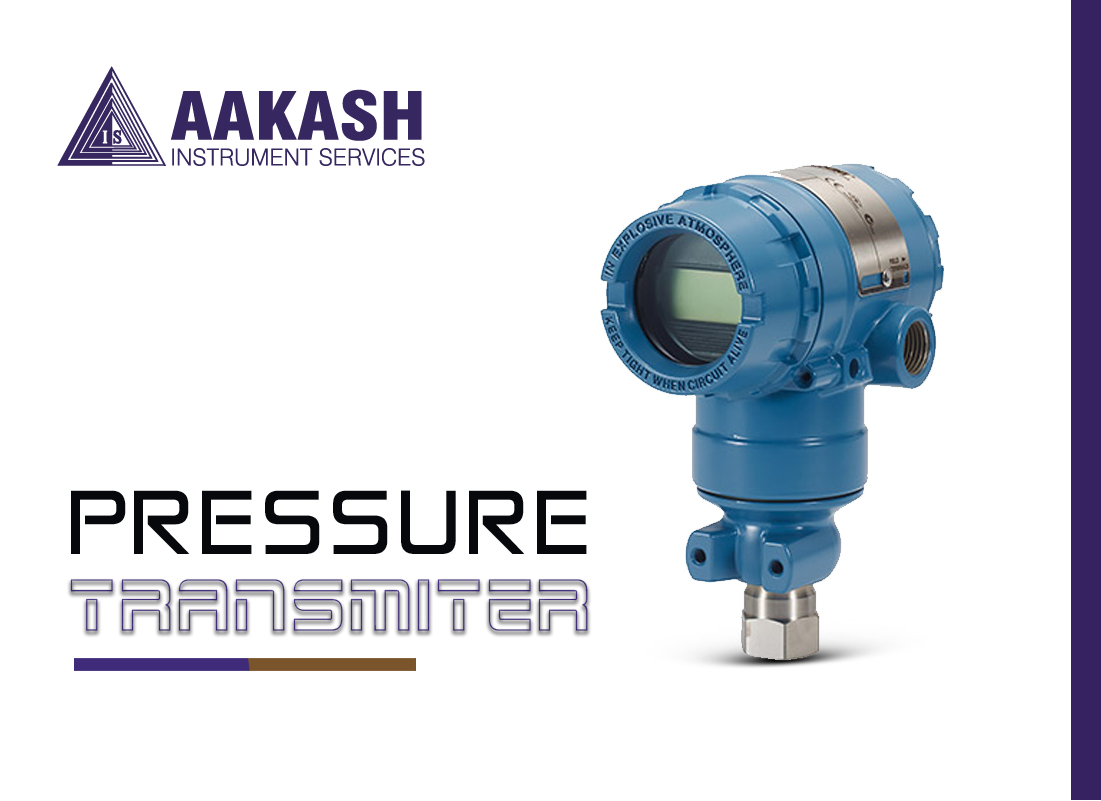We're here to assist you with any questions, concerns, or inquiries you may have.

A pressure transmitter is an instrument that identifies and reacts to variations in pressure. The piezoelectric transmitter is the most prevalent form of pressure transmitter, as it converts physical pressure into an electrical signal. Additionally, there are other types of pressure transmitters available, including capacitive, resistive, and optical transmitters.

1. Adjustable pointers: Zeroed using a screw or knob.2. Maximum and minimum pointers: Show highest and lowest pressures.3. Adjustable or stationary set hands: Indicate specific pressure level.4. Throttling devices: Reduce pressure impact and movement caused by pulsation or vibration.5. Electric contacts: Trigger signal lights, alarms, pumps, etc.
1. Measurement range should align with the process's pressure range for accurate readings.2. Accuracy is crucial for precise measurements.3. Output signal should be compatible with the control system for seamless integration.4. Construction materials should be suitable for the type of media being measured to prevent corrosion.5. Environmental conditions, including temperature and pressure ratings, must meet the installation location's requirements for reliable operation.6. Careful consideration of these specifications ensures a pressure transmitter that meets application needs and delivers accurate, consistent measurements.
Pressure transmitters are essential in industries for accurately measuring and monitoring pressure levels. They come in various types, such as absolute, gauge, differential, and sealed. Understanding these types is crucial for selecting the right instrument for optimal efficiency, accuracy, and safety in industrial processes.